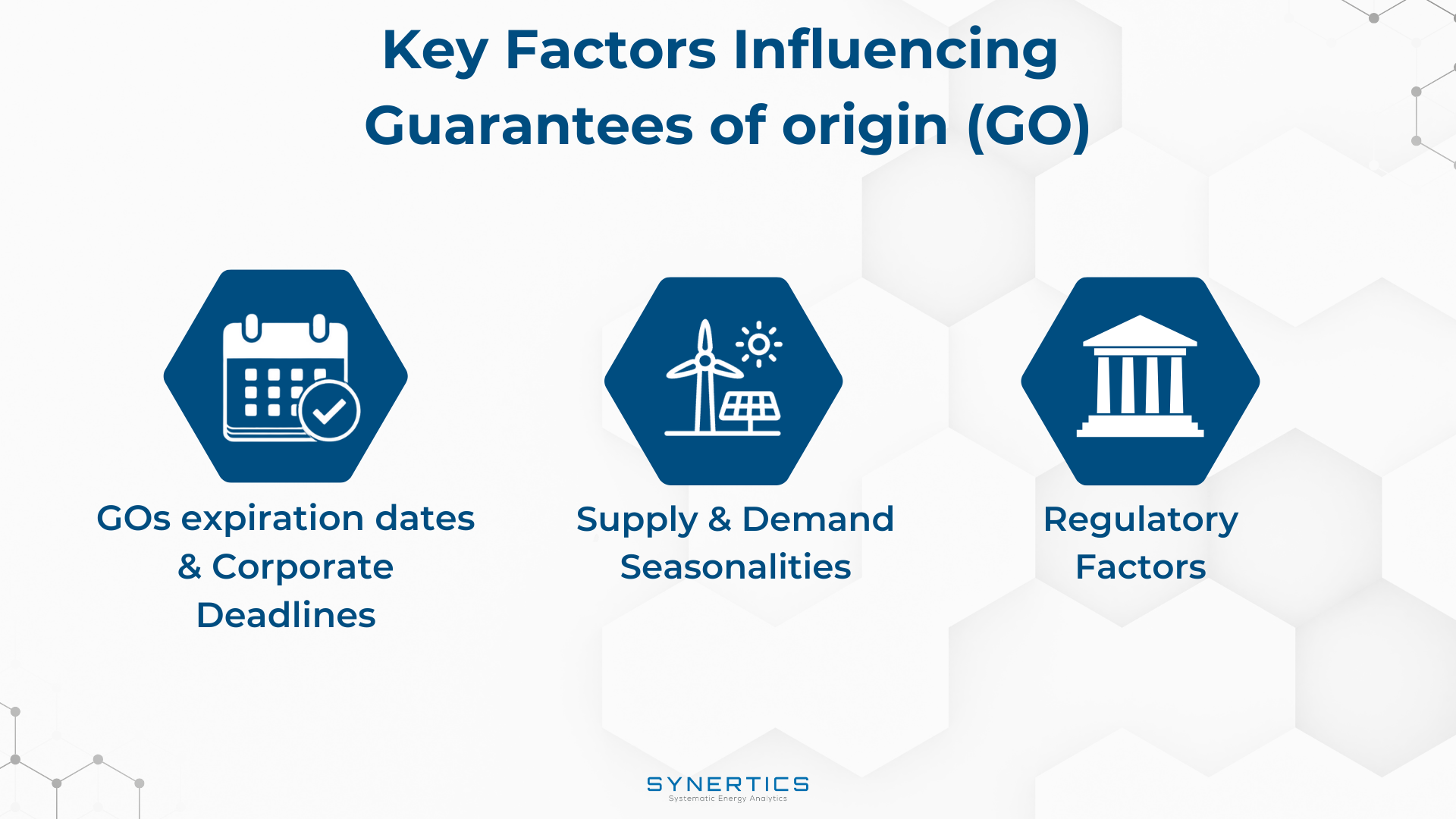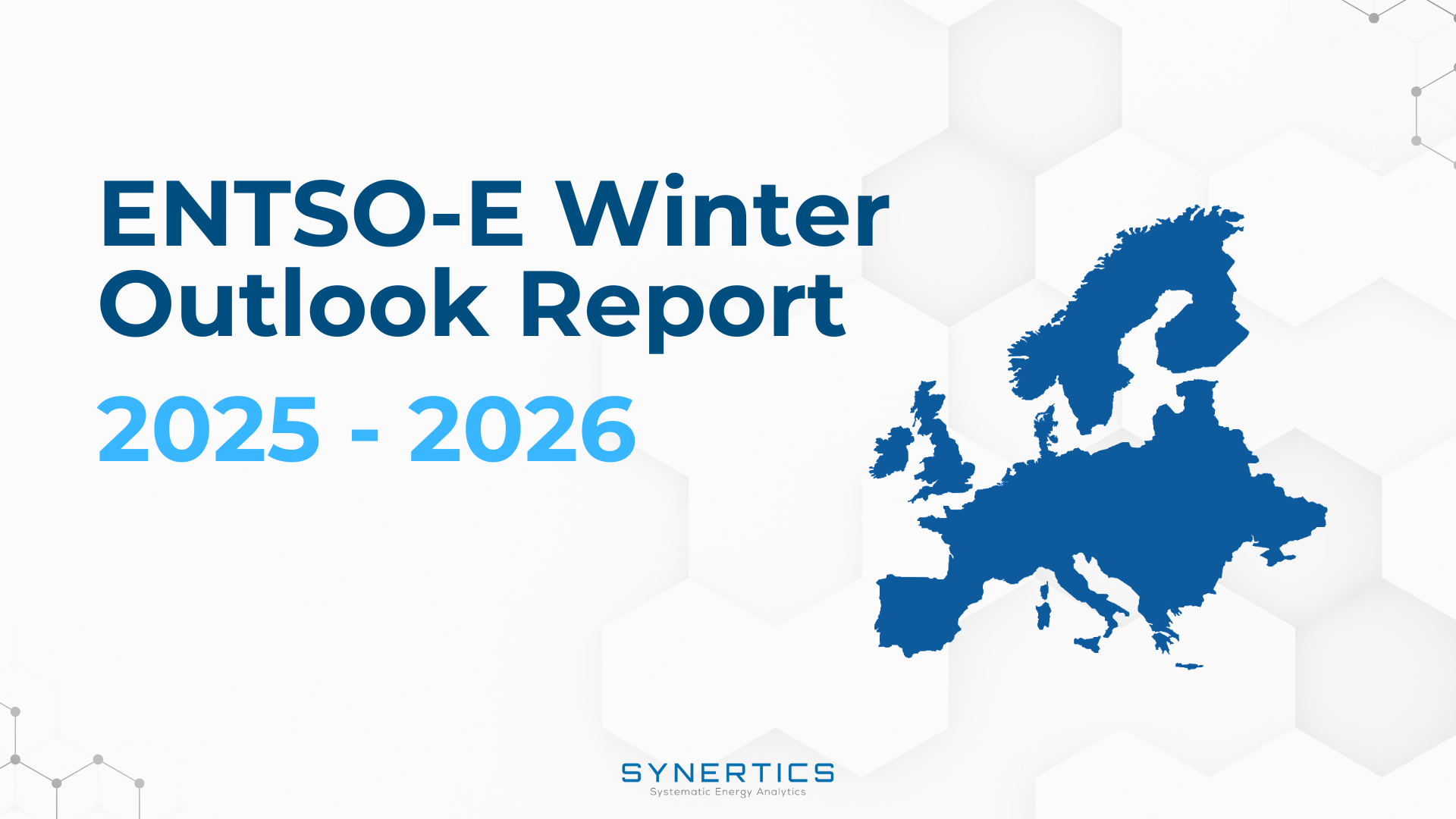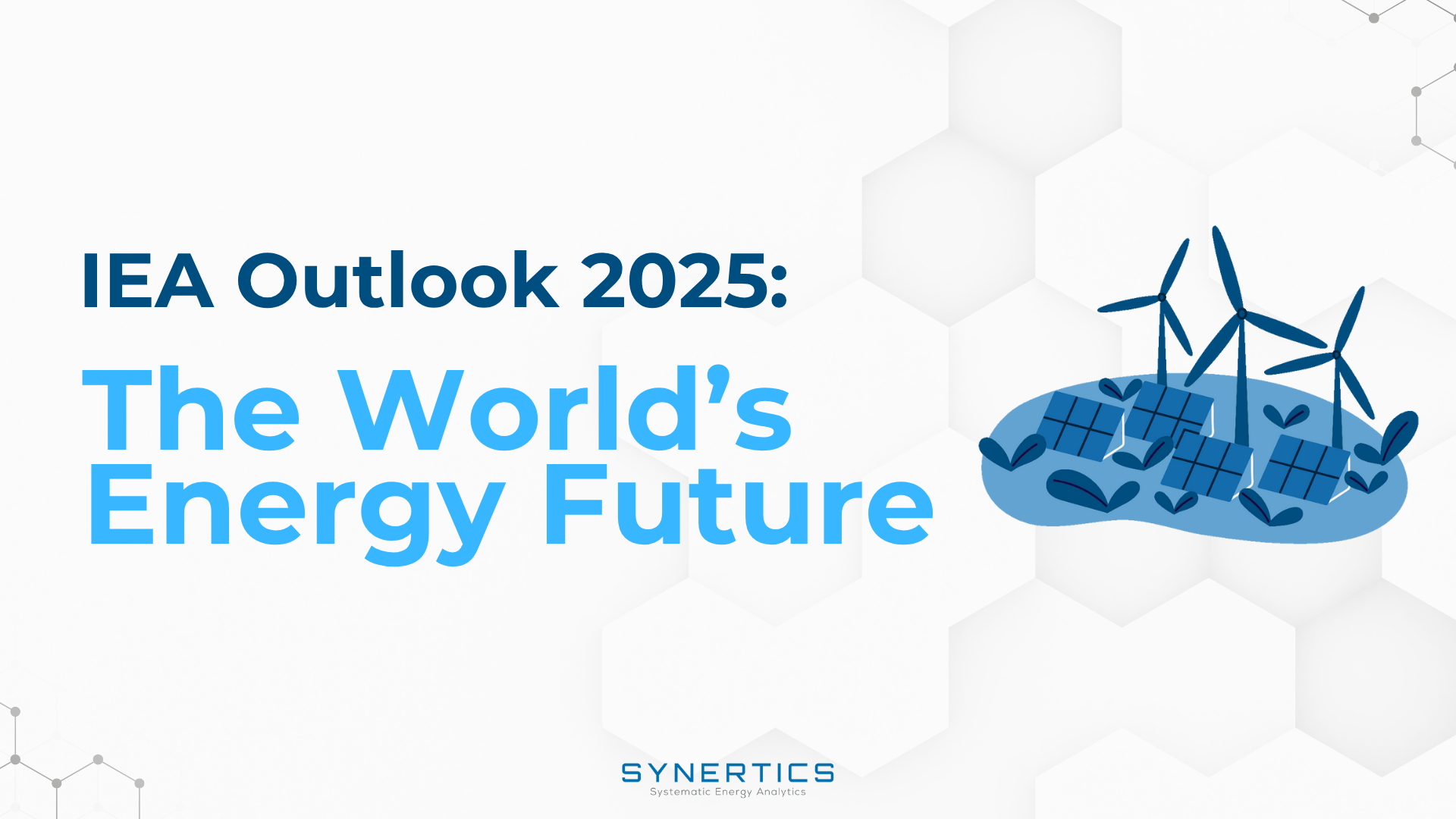Join us on our journey towards renewable energy excellence, where knowledge meets innovation.
On 24 April 2025, Portugal introduced a revamped support scheme that can reduce electricity bills for energy-intensive industries by approx. 30%, thanks to significant cuts in regulated tariff charges. Approved by the European Commission under EU State aid rules, the €612 million scheme will run until 22 April 2035. It offers two main benefits: reductions in Costs of General Economic Interest (CIEG), which typically make up around 30% of the electricity bill, and public guarantees to help secure long-term renewable power purchase agreements (PPAs). The updated framework expands access, increases transparency, and links support to stricter environmental commitments.

What has changed?
The new Ordinance 203-A/2025/1, published in April 2025, amended and strengthened the existing regime with key features including:
Two Supportive Measures
1. Tariff Charge Reductions (CIEG)
Electricity-intensive users in Portugal can receive partial exemptions from CIEG (General Economic Interest Charges) on electricity purchased from the public grid. These CIEG charges, which account for around 30% of a typical electricity bill, are part of the tariff for the overall use of the electricity system. Qualifying companies can receive a 75% or 85% reduction in these charges, provided that the final charge does not fall below €0.5/MWh.
A reduction of 85% in CIEG charges is granted if the facility operates in a sector classified as being "at significant risk of carbon leakage" under the European Commission’s 2022 guidelines on State aid for climate, environmental protection and energy (see full list in the annex of source 1). These sectors face intense international competition and are particularly vulnerable to relocating outside the EU due to high energy costs and carbon pricing.
For sectors considered only "at risk" (see full list in the annex of source 1), meaning they still face exposure but to a lesser extent, the standard reduction is 75%. However, this can be increased to 85% if the facility demonstrates that at least 50% of its electricity consumption comes from renewable sources, and that either 10% is secured under PPAs or 5% is generated through renewable self-consumption.
Additionally, if electricity is self-consumed but still flows through the grid, a full exemption from these tariff charges applies, and the usual requirement for production and consumption sites to be located near each other is waived.
2. Risk Coverage for Renewable PPAs
Electricity-intensive consumers in Portugal can benefit from a public guarantee scheme designed to support long-term renewable energy PPAs by reducing financial risk for the seller. To qualify, the PPA must be for 100% renewable electricity, have a minimum duration of five years, and cover at least 10% of the consumer’s annual electricity use. The guarantee protects the electricity producer in case the buyer (the company that off-takes the electricity) defaults on payment, for example, due to financial difficulties. In such cases, the public guarantee can cover up to 80% of the unpaid amount, thereby limiting the producer’s exposure to financial loss. The guarantee is government-backed and managed by Banco Português de Fomento, Portugal’s state-owned development bank.
Both support mechanisms, the public guarantee for long-term renewable PPAs and the reductions in CIEG charges, can be used simultaneously by electricity-intensive companies.
These mechanisms provide different types of support. The guarantee benefits renewable energy sellers by reducing their financial risk. While PPAs can offer cost savings by locking in prices and reducing exposure to market volatility, the guarantee itself does not directly lower the buyer’s payment obligations. However, by lowering the risk for sellers, it can make it easier for companies to secure PPAs on more favourable terms.
In contrast, the CIEG charge reductions provide a direct financial benefit to electricity-intensive consumers by lowering their electricity bill. Therefore, both measures play distinct roles, PPAs can help manage energy costs over time, supported indirectly by the guarantee, while CIEG reductions offer immediate cost relief, though the overall impact depends on each company’s circumstances.
Eligibility Criteria
To qualify as an electricity-intensive facility and be eligible for the support schemes, a site must have met all of the following criteria in at least two of the past three years:
Gross Value Added (GVA) is an economic measure that represents the value a company adds to its inputs during production. It’s calculated as the difference between a company’s output (sales and services) and the cost of intermediate goods and services used in production. In this context, electricity intensity measures how much electricity is used relative to the economic value generated by the facility, meaning the company’s electricity consumption should be significant compared to the value it creates, indicating it is truly electricity-intensive.
Facilities that have been operating for less than three years can apply for conditional membership. To keep this membership, they must meet the required criteria as stated above, in at least two of the next three years after applying, based on actual or estimated data
Adherence to the energy-intensive customer regime requires a four-year contract with the public electricity network operator, with annual proof of eligibility due by 30 April.
SGCIE and Environmental Obligations
The Intensive Energy Consumption Management System (SGCIE) is a regulatory framework in Portugal that applies to the largest energy-consuming companies, specifically those whose facilities consume at least 500 toe (tonnes of oil equivalent) per year (around 5.8 GWh). These companies are required to implement comprehensive energy management and efficiency measures. Companies that are part of the SGCIE already follow strict environmental and energy efficiency rules.
For companies that do not fall under the SGCIE, participation in the new electricity-intensive support regime requires them to meet environmental obligations independently. Specifically, these companies must conduct an energy audit by the end of the first year of their membership. During the contract period, they are required to do at least one of the following:
A final report must be submitted by April 30th of the year after the contract ends, proving compliance and documenting actions taken.
How to apply?
Companies with electricity-intensive status valid in 2025 were able to apply to transition to the new regime until 31 May 2025, via the Electricity-Intensive Customer Portal provided by the Directorate-General for Energy and Geology (DGEG). If they did not apply by this date, they must submit a renewal request under the previous regime by 15 June 2025.
New companies (those applying for electricity-intensive status for the first time) must also submit their applications by 15 June 2025.
To apply for or renew the electricity-intensive status, companies must obtain their electricity consumption data from their Distribution System Operator (DSO).
In the images below, you can see a summary of the eligibility criteria, CIEG reductions, and environmental obligations for companies in sectors classified as either at significant risk or at risk under the new electricity-intensive support regime.


Sources

Insights, Market-trends
15th Dec, 2025

Insights
2nd Dec, 2025

Insights
19th Nov, 2025